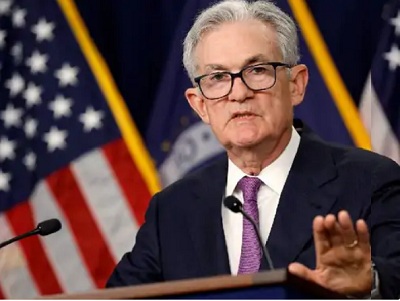Federal Reserve may cut interest rates: Last reduced in March 2020, increased 11 times between March 22 and July 23

The US Federal Reserve may cut interest rates. Earlier in March 2020, the Fed had cut interest rates. To control inflation, the US Central Bank had increased interest rates 11 times between March 2022 and July 2023.
Last year, the Federal Reserve kept interest rates unchanged for the third consecutive time in its policy decision. On July 26, 2023, the Fed kept the policy rate unchanged in the range of 5.25%-5.5% as per market expectations.
However, the Fed had also indicated that there would be rate cuts in 2024 and they could come down to 4.6%. The Fed started raising rates from March 2022 to deal with inflation. By July last year, these rates had risen to a 23-year high.
What could be the impact of cutting interest rates…
- Stock market analysts believe that a big cut in interest rates could lead to a boom in the stock market.
- A bigger cut could also raise concerns about America’s economic health, which could dampen investor sentiment.
- The market may be disappointed with a small cut (around 25bps) because the market is expecting a bigger cut in interest rates.
- Delay in cutting interest rates can slow down the job market. Therefore, the central bank will need to act cautiously.
- According to reports, Fed officials have indicated that labor market data will now play a more important role in their decisions rather than inflation.
Policy rate is a powerful tool to fight inflation
Any central bank has a powerful tool to fight inflation in the form of the policy rate. When inflation is too high, the central bank tries to reduce the money flow in the economy by increasing the policy rate.
If the policy rate is high, the loan that banks get from the central government will be expensive. In return, banks make loans expensive for their customers. This reduces the money flow in the economy. When the money flow is low, demand decreases and inflation decreases.
Similarly, when the economy goes through a bad phase, there is a need to increase the money flow for recovery. In such a situation, the central bank reduces the policy rate. This makes the loan that banks get from the central bank cheaper and customers also get loans at a cheaper rate.





